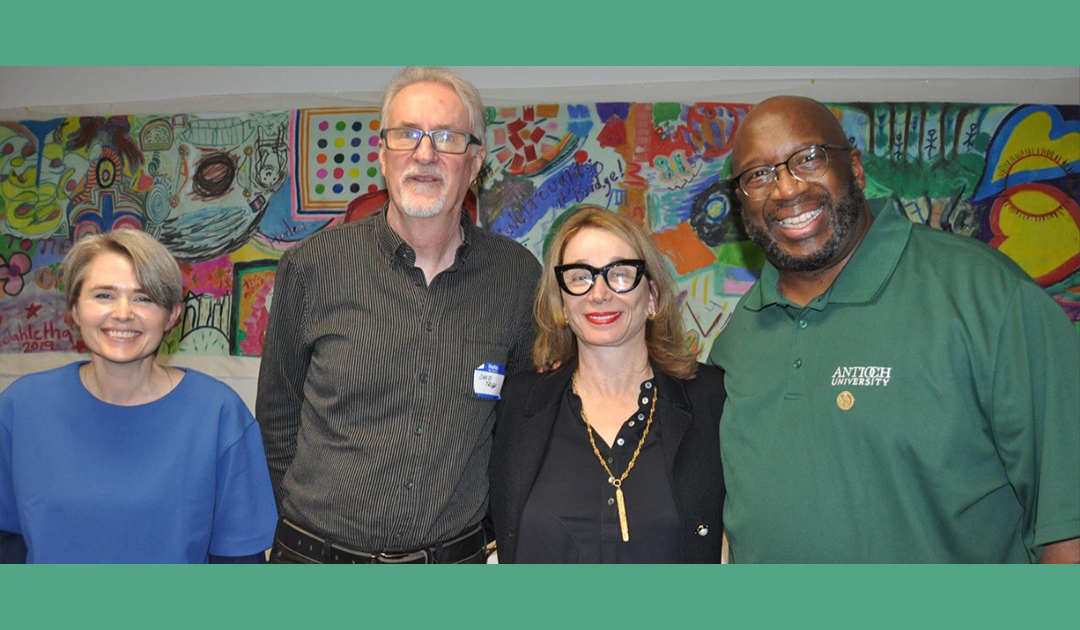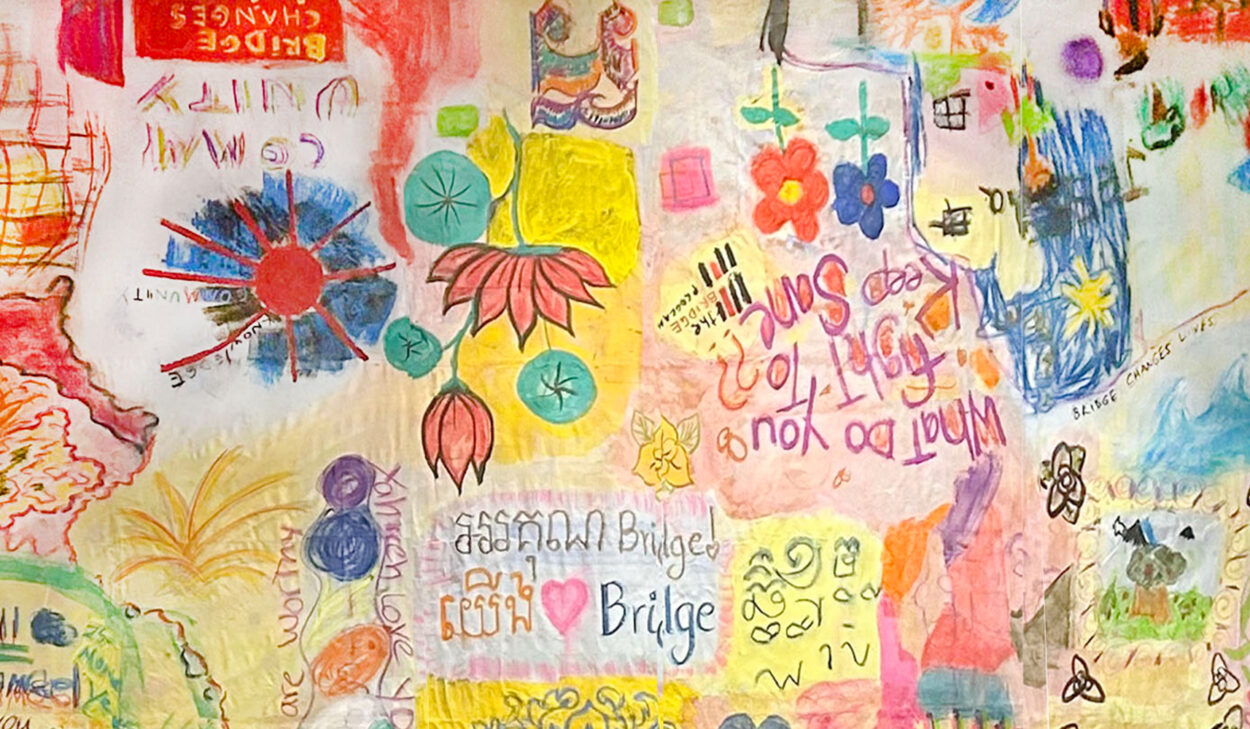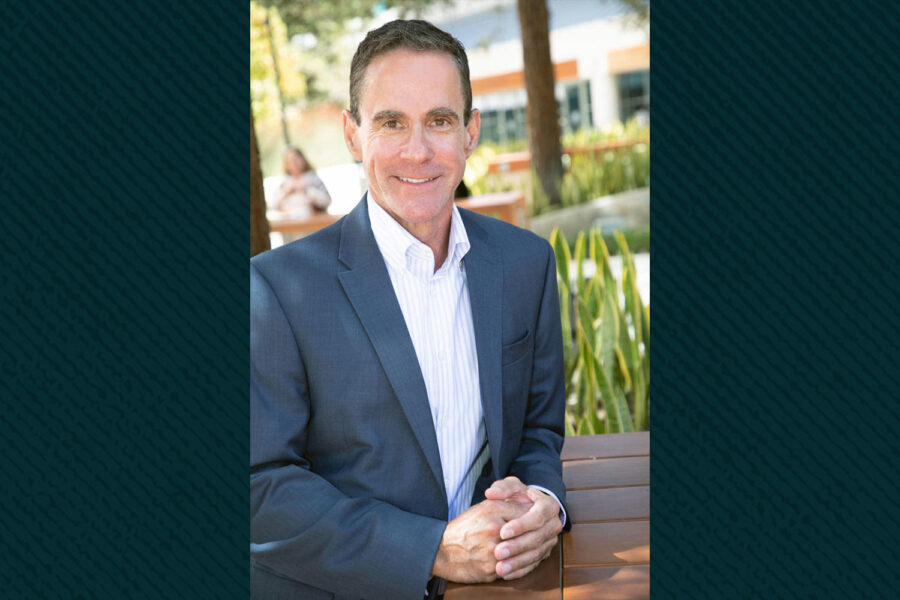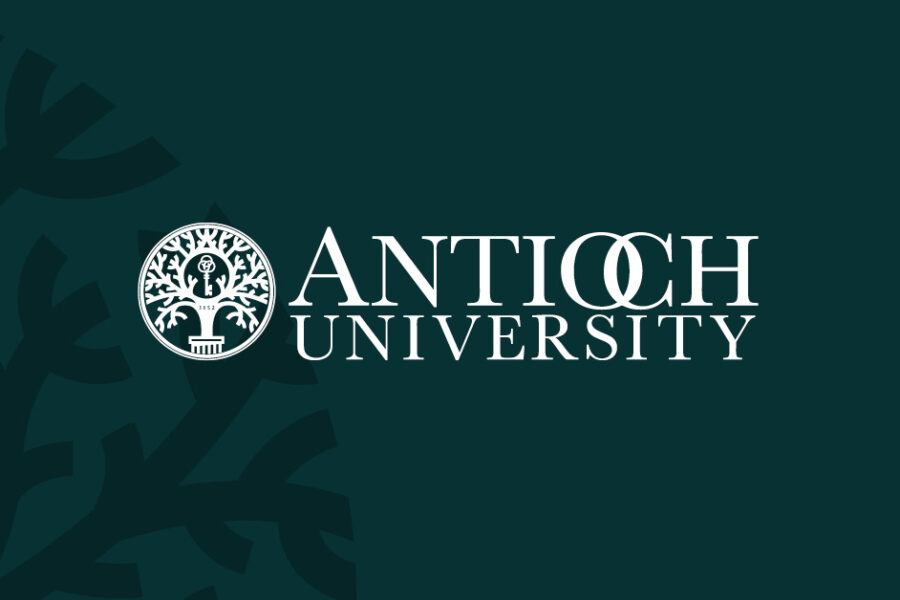Over 60 in-person guests and more than 400 virtual participants came together to honor Antioch’s Bridge Program for a quarter-century of providing free humanities education to low-income adults. They marked the anniversary on October 26 in part by creating a unique community tapestry that encapsulates the Los Angeles-based program’s enduring impact.
The creation of a collective tapestry was led by Bridge art history instructor Fabián Cereijido. Known for his work exploring the intersections of culture, identity, and resistance, Cereijido envisioned the tapestry as a medium to capture the diverse experiences of the Bridge community. Attendees were invited to contribute to this evolving artwork using foam brushes, vibrant paints, and pastel crayons to express their personal stories and reflections.
As guests entered the venue, they were greeted by a blank canvas stretched across banquet tables, symbolizing a fresh chapter in the Bridge Program’s narrative. Throughout the evening, participants added their unique touches—some opting for colorful designs, others incorporating words and symbols—each contribution weaving into the larger story of the program’s impact. By the end of the night, the tapestry had transformed into a vivid representation of collective resilience, creativity, and community engagement.
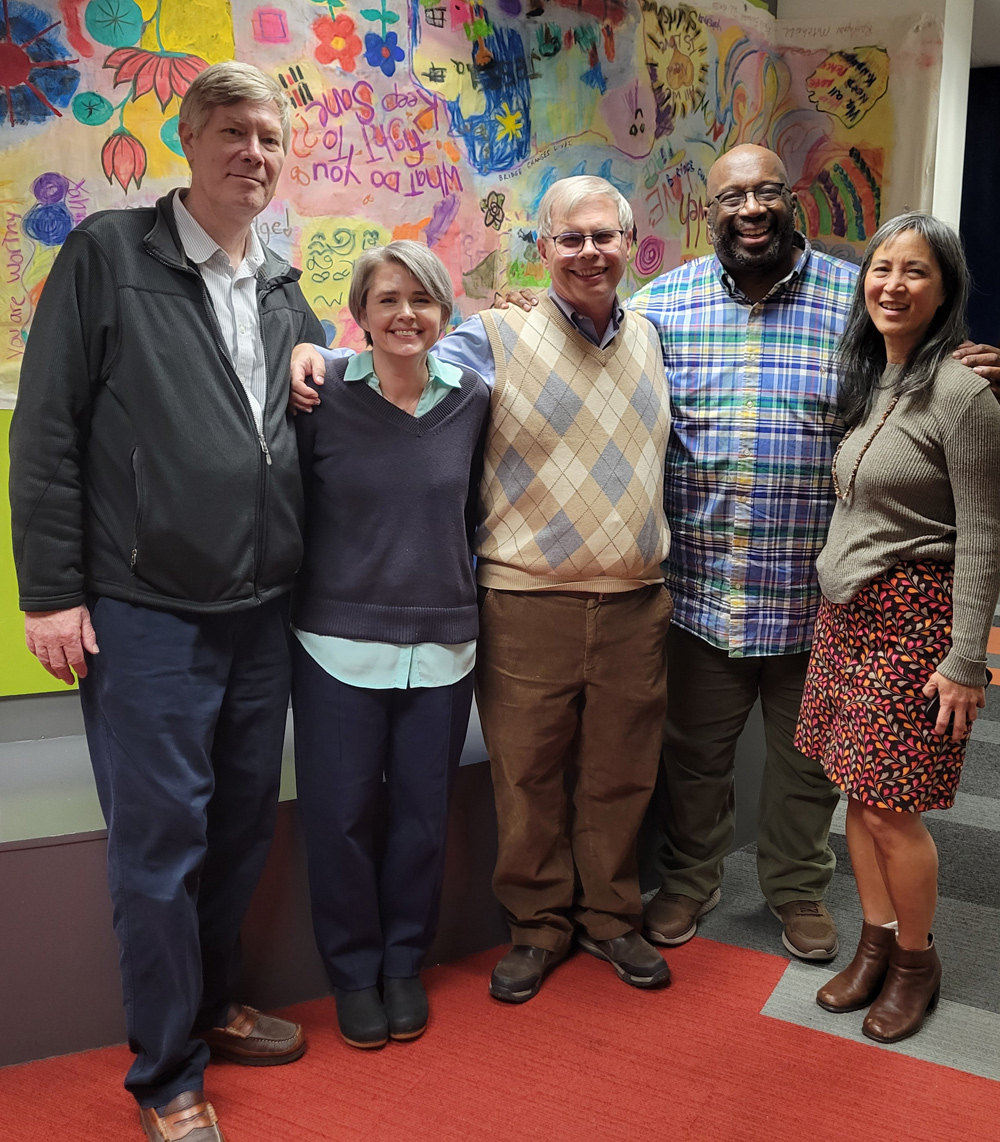
“Together, we created a tapestry of lived experiences, challenges overcome, and shared visions,” says Bridge co-director Russell Thornhill ’13, ’14 (Los Angeles, BA, MA). He emphasizes that the gathering was more than just an anniversary event, it was “a narrative of justice, unity, and hope that we carry forward in our mission.”
The evening featured a Founder’s Speaker Series, bringing together co-founders Shari Foos ’94, ’97 (Los Angeles, BA, MA) and David Tripp, current co-directors Russell Thornhill and Kathryn Pope ’03, ’20 (Los Angeles, MFA, MA), and former students. They shared stories about Bridge’s powerful influence on students’ lives and dreams for a future where, as Pope puts it, “education is free and freely available around the world.”
For the program’s founders, the night was deeply meaningful. “To see a lifelong dream thriving after 25 years is the next best thing to healing the wound that provoked it,” says Foos. For Tripp, the evening offered an opportunity to reflect on how Bridge has created “unexpected benefits in so many people’s lives.”
Former student Janine Betts talked at the event about how Bridge helped her rebuild confidence and pursue higher education. “Bridge reignited my belief in my potential,” she said. Now working toward her doctorate in clinical psychology, she hopes her journey inspires others to chase their dreams.

The tapestry has been installed in the hallway by the Bridge offices on the Los Angeles campus. It stands as a testament to the Bridge Program’s transformative role in the lives of its participants. By immortalizing these experiences in art, the program honors the personal stories that have shaped both individuals and the broader community, creating a legacy of empowerment and artistic expression. The Bridge Program plans to showcase the tapestry at future events, ensuring it remains a vibrant emblem of the shared legacy, unity, and purpose of the Bridge community.
Support Bridge, Give Today
Your gift changes lives. Every dollar you give to the Bridge program removes a barrier and opens a door.
Whether it’s a bus pass, a backpack, or a full year of support, your generosity empowers students to learn, grow, and pursue their goals without financial hardship standing in the way.
Give now and be the reason someone gets to class, opens their first textbook, or completes their education with dignity and hope. No gift is too small. Every contribution fuels possibility.

